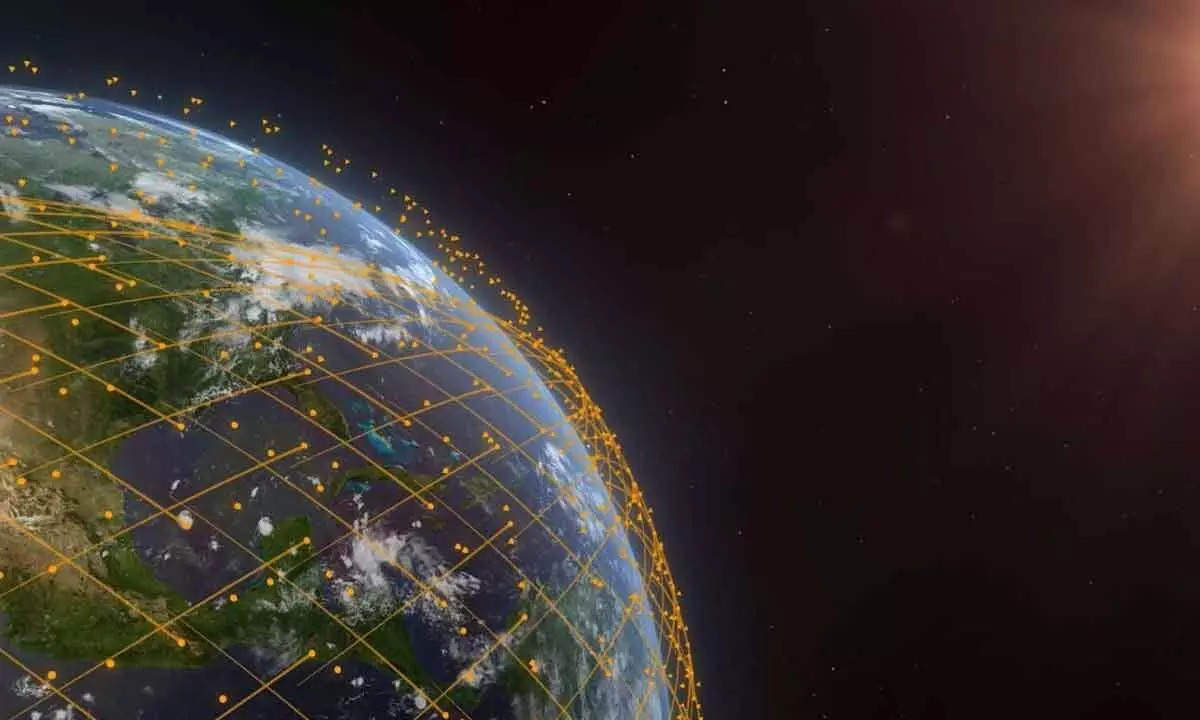Project Kuiper satellite system completes tests on optical mesh
It is planning a constellation of 3,236 satellites in low Earth orbit and US Federal Communications Commission requires Amazon to deploy at least half of that figure by 2026
image for illustrative purpose

San Francisco: Amazon's ‘Project Kuiper’ internet satellite system has completed successful tests of an optical mesh network in low-Earth orbit.
After demonstrating 100 Gbps optical links between its prototype satellites, Project Kuiper will include laser links on every satellite in its constellation to form a mesh network in space, the company said in a statement.
Kuiper is planning a constellation of 3,236 satellites in low Earth orbit and the US Federal Communications Commission requires Amazon to deploy at least half of that figure by 2026. Since the successful launch and deployment of two prototype satellites in October, Project Kuiper has been conducting extensive testing of its end-to-end communications payload and network.
Last month, the company confirmed it had validated all priority systems and subsystems within 30 days of launch. These tests validated the final component of Project Kuiper’s advanced communications architecture, and the results ensure that optical inter-satellite links (OISLs) will be operational on our first production satellites, slated for launch in the first half of 2024, Amazon said.
“With optical inter-satellite links across our satellite constellation, Project Kuiper will effectively operate as a mesh network in space,” said Rajeev Badyal, Project Kuiper's vice president of technology.
“We’re excited to be able to support these next-generation OISL capabilities on every Kuiper satellite from day one,” he added.
The company is equipping every Project Kuiper satellite with multiple optical terminals to connect many satellites at a time, establishing high-speed laser cross-links that form a secure, resilient mesh network in space.

